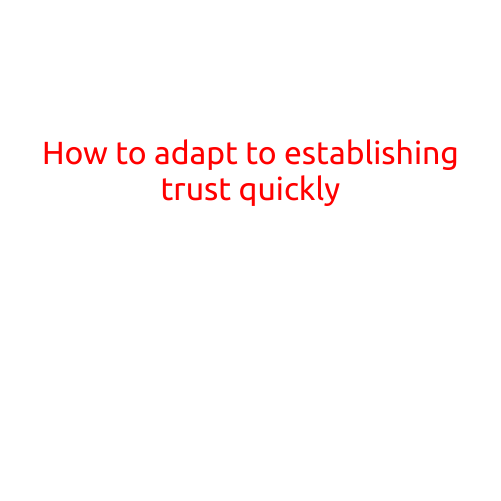
How to Adapt to Effective Call Transfer Practices
In today’s fast-paced customer service environment, call transfers are an essential part of ensuring that customers receive the help they need, when they need it. A smooth call transfer process can mean the difference between satisfied customers and frustrated ones. In this article, we’ll explore the importance of effective call transfer practices and provide tips on how to adapt to them.
Why Call Transfers are Important
Call transfers are a critical part of any customer service operation. They enable agents to quickly resolve issues that exceed their expertise or require specialized knowledge, while also ensuring that customers receive assistance promptly. Effective call transfers can lead to:
- Increased customer satisfaction: By transferring calls to the right agent or department, you can ensure that customers receive accurate and timely resolutions to their issues.
- Improved first call resolution (FCR) rates: Transferring calls to the right agent can reduce the need for multiple calls or escalations, resulting in higher FCR rates.
- Better agent productivity: By quickly resolving issues or transferring calls to the right agent, agents can focus on handling multiple calls and tasks simultaneously, without being bogged down by complex issues.
Adapting to Effective Call Transfer Practices
So, how can you adapt to effective call transfer practices? Here are some tips to get you started:
- Clear Communication: Before transferring a call, always communicate clearly with the customer about what will happen to their call and why. This includes providing an estimated wait time, the name and department of the agent they’ll be transferred to, and any relevant information about their issue.
- Efficient Transfer Process: Develop a streamlined transfer process that minimizes delay and dropped calls. This includes using a consistent phraseology, such as “may I transfer you to [agent/department]?” and having a clear plan in place for handling transfer-related issues.
- Agent Training: Train your agents on effective call transfer practices, including how to communicate with customers during transfers, how to handle common transfer-related issues, and how to minimize delays.
- Quality Monitoring: Regularly monitor call transfers to identify areas for improvement and provide feedback to agents on their performance.
- Technology Integration: Leverage technology to streamline the transfer process and reduce errors. This includes using automated transfer systems, call management software, and quality monitoring tools.
- Customer Feedback: Encourage customer feedback on the call transfer process and use it to identify areas for improvement.
Best Practices for Effective Call Transfers
In addition to the tips above, here are some best practices to keep in mind when adapting to effective call transfer practices:
- Use a clear and concise transfer phrase: When transferring a call, use a clear and concise phrase that quickly communicates the reason for the transfer and the name and department of the agent they’ll be transferred to.
- Avoid transferring calls during peak hours: Try to avoid transferring calls during peak hours when possible, as this can lead to delays or dropped calls.
- Have a plan for handling transfer-related issues: Develop a plan for handling common transfer-related issues, such as dropped calls, disconnections, or agent unavailability.
- Monitor and analyze transfer metrics: Monitor and analyze transfer metrics, such as transfer volume, delay time, and customer satisfaction, to identify areas for improvement.
Conclusion
Effective call transfer practices are critical to providing exceptional customer service and ensuring customer satisfaction. By adapting to these practices and incorporating the tips and best practices above, you can improve the efficiency, effectiveness, and overall customer experience of your call center. Remember to communicate clearly, streamline the transfer process, train your agents, and leverage technology to achieve the best results.





